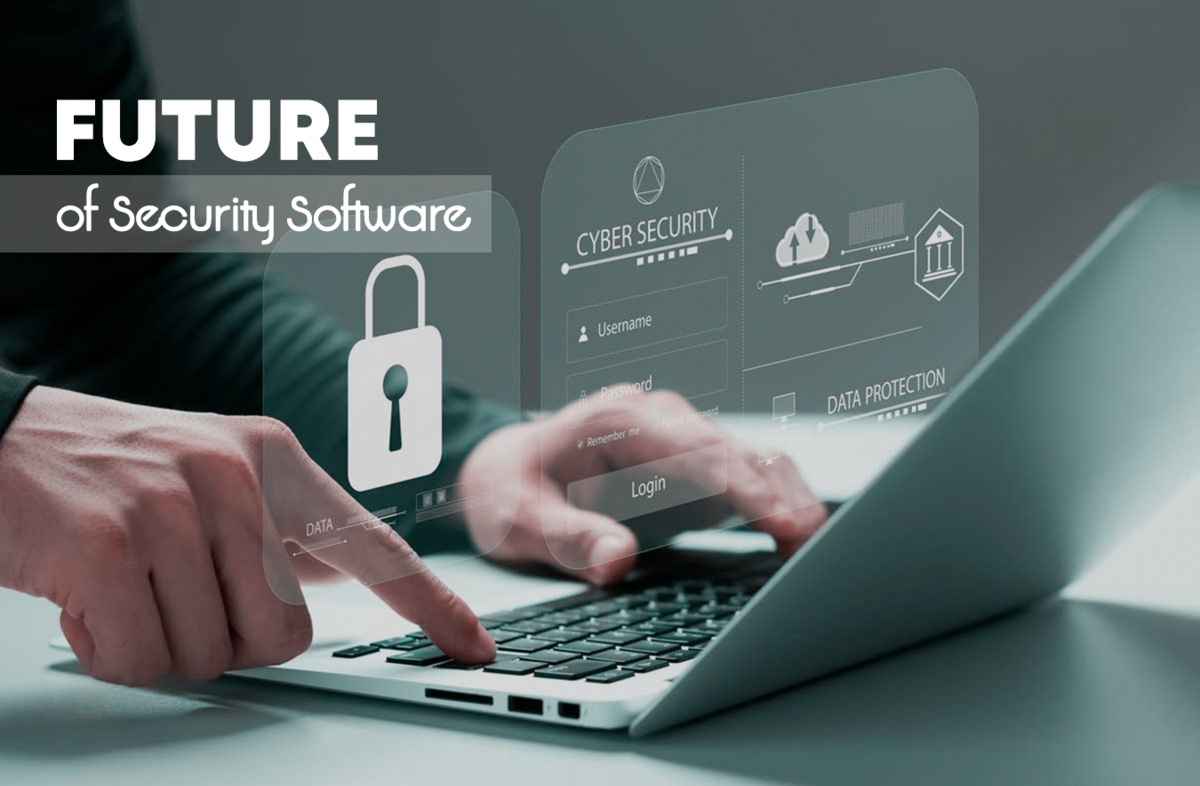
Future of Security Software: Pioneering Growth and Innovation in Cybersecurity
Introduction
The digital realm is expanding at an unprecedented rate, bringing both convenience and challenges. In this dynamic landscape, security software plays a pivotal role in safeguarding our digital lives. As we venture into the future, the growth and innovation in cybersecurity are poised to redefine how we protect our digital assets.
The Evolution of Security Software
From Reactive to Proactive Solutions
Traditionally, security software was reactive, responding to threats as they emerged. However, the future promises a shift towards proactive and predictive security measures. Advanced algorithms and artificial intelligence (AI) are enabling security software to anticipate and mitigate threats before they materialize.
Integration of AI and Machine Learning
AI and machine learning are at the forefront of cybersecurity innovation. These technologies empower security software to learn from past incidents and adapt to new threats. By analyzing vast datasets, AI-driven solutions can detect anomalies and respond in real-time, enhancing the overall security posture.
Growth in Cybersecurity
Increasing Demand for Advanced Security Solutions
The escalating frequency and sophistication of cyberattacks have fueled the demand for advanced security solutions. Organizations are investing heavily in cybersecurity to protect sensitive data and maintain trust with their clients. This surge in demand is driving unprecedented growth in the cybersecurity sector.
Regulatory Compliance and Data Privacy
Stringent regulations, such as the General Data Protection Regulation (GDPR) and the California Consumer Privacy Act (CCPA), have heightened the need for robust cybersecurity measures. Compliance with these regulations is not only a legal obligation but also a testament to an organization's trustworthiness and commitment to data protection.
Innovation in Cybersecurity
Blockchain Technology
Blockchain technology is emerging as a game-changer in cybersecurity. Its decentralized nature ensures transparency and immutability, making it difficult for malicious actors to tamper with data. Security software integrated with blockchain can offer enhanced protection for sensitive transactions and communications.
Zero Trust Architecture
The traditional perimeter-based security model is being replaced by the Zero Trust Architecture. This approach assumes that threats can originate from both outside and within the network. Zero Trust principles require continuous verification of users and devices, ensuring that only authorized entities have access to critical resources.
Advanced Security Solutions
Endpoint Detection and Response (EDR)
EDR solutions provide comprehensive visibility into endpoint activities, enabling rapid detection and response to threats. By continuously monitoring and analyzing endpoint behavior, EDR solutions can identify and neutralize threats before they escalate.
Secure Access Service Edge (SASE)
SASE combines network security and wide area networking (WAN) capabilities into a single framework. This innovative approach simplifies security management and enhances the protection of distributed networks, making it ideal for organizations with remote workforces.
Digital Protection
Cloud Security
As more organizations migrate to the cloud, ensuring robust cloud security becomes paramount. Cloud providers are continuously innovating to offer advanced security features, such as encryption, identity management, and threat detection, to protect data in the cloud environment.
Internet of Things (IoT) Security
The proliferation of IoT devices presents new security challenges. Security software tailored for IoT environments can safeguard these devices from vulnerabilities and prevent them from becoming entry points for cyberattacks.
Cybersecurity Advancements
Quantum Computing and Post-Quantum Cryptography
Quantum computing holds immense potential, but it also poses significant risks to current cryptographic methods. Researchers are developing post-quantum cryptography to ensure that future security software can withstand the computational power of quantum computers.
Behavioral Analytics
Behavioral analytics leverages machine learning to analyze user behavior and detect deviations that may indicate a security threat. This approach enhances the ability to identify insider threats and prevent data breaches.
Conclusion
The future of security software is marked by pioneering growth and innovation in cybersecurity. As technology evolves, so do the strategies and tools required to protect our digital world. By embracing cutting-edge solutions and staying ahead of emerging threats, we can ensure a safer and more secure digital future.


